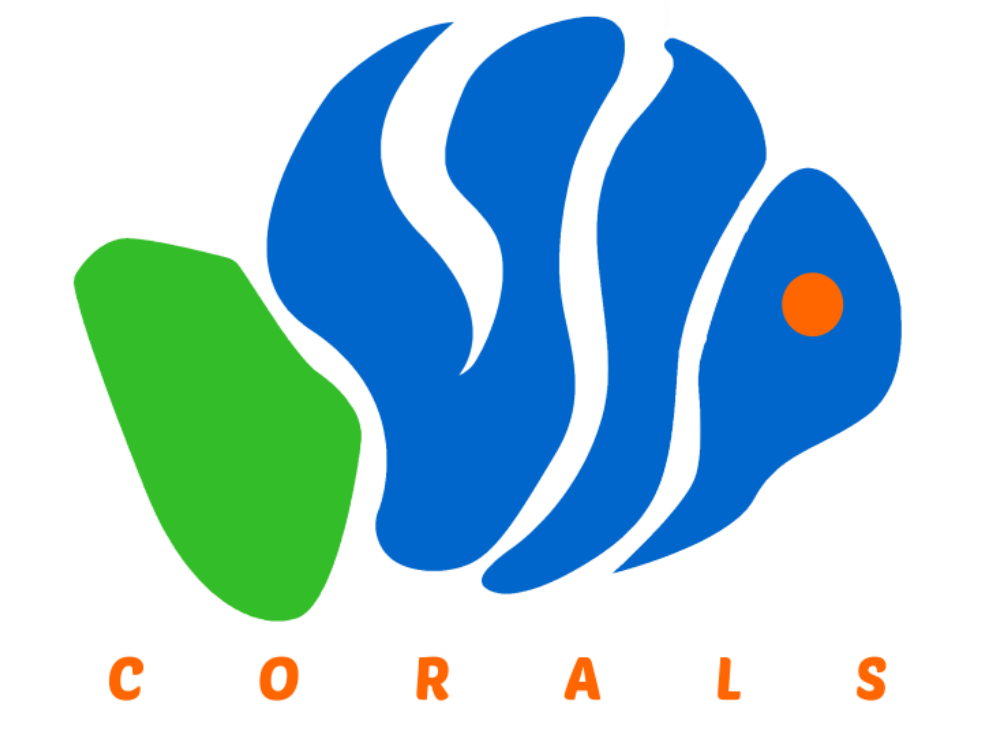Jovy Ann P. Valera, Jonel M. Corral, Najeen Arabelle M. Rula, Jayvee A. Saco, Miguel Enrique Ma. A. Azcuna, Romel U. Briones, and Renan U. Bobiles
Rationale
Many species of reef fish exhibit ontogenetic habitat shifts to maximize growth and survival (Dahlgren and Eggleston 2000). As mobile organisms, fish may seek habitats depending on the requirements at a certain life history stage. Seagrass and mangroves have been determined to be important juvenile habitats for coral reef fish (e.g., Mateo et al. 2011; Verweij et al. 2008). However, studies on the role of seaweed beds in connectivity patterns for reef fish are few. Seaweeds serve as three-dimensional habitat structures for many marine organisms and can serve as ecosystem engineers, altering environmental conditions and resources (Connell 2003; Smale et al. 2013).
Objectives
The main objective of the study is to investigate the possible role of seaweed beds as transition habitats for juvenile reef fish in the Verde Island Passage. The study is subdivided to two components (Seaweed and Fish Diversity and Fish Genetics).
Specific Objectives
- The first component aims to investigate the relationship between seaweed species diversity and seaweed-associated reef fish diversity, identify juvenile and adult fish assemblages, and determine age of representative species of fish inferred from otolith microstructure.
- The second component aims to compare and analyze juvenile fish population from seaweed beds versus adult fish population from coral reef areas using molecular markers.
Accomplishments
- An otolith analysis webinar led by Ms. Jovy Ann Valera and Dr. Renan Bobiles from Bicol State University was conducted last September 23, 2020 to equip the team with knowledge and skills for otolith microstructure analysis led by Ms. Jovy Ann Valera and Dr. Renan Bobiles from Bicol State University.
- Reconnaissance of possible sites for fieldwork was conducted last July 19-20, 2021 and August 5-7, 2021.
- The SeaBaTH project personnel conducted a joint fieldwork along with two (2) externally-funded projects of VIP CORALS on November 23-27, 2021 wherein the SeaBaTH team carried out fish visual census and seaweed survey, water parameters and water sampling, collection of juvenile and mature fish samples, and subjected the collected samples for processing: photo documentation, tissue sampling for DNA, Geometric Morphometric Analyses, and preservation.
